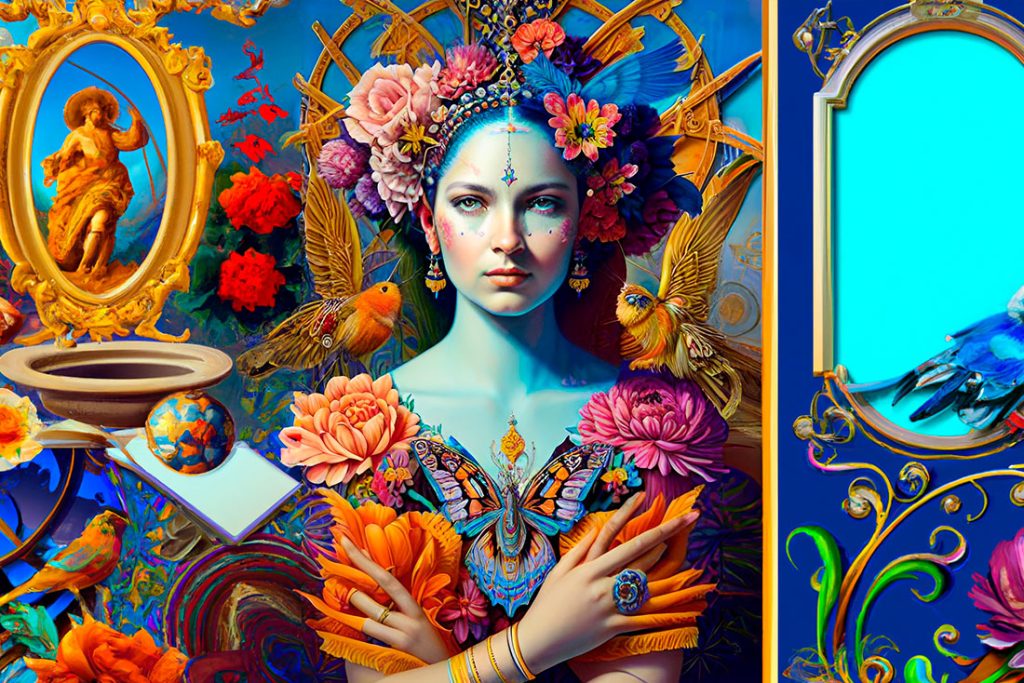The Evolution of Cosmetics: A Deep Dive into the Renaissance Era
The article delves into the beauty practices during the Renaissance period, highlighting the preference for natural looks, the use of various methods to achieve pale skin, and the cultural and intellectual shifts that influenced these changes.

The Evolution of Cosmetics
The Renaissance period (1450–1837) served as a crucial pivot point in Western civilization, marking the significant transition from the medieval era to the modern age. A period marked by a profound rebirth of art, literature, and learning, the Renaissance also witnessed a notable emphasis on physical appearance and personal grooming. Both men and women wore elaborate and elegant attire, and the use of fragrances and cosmetics became increasingly prevalent. However, the use of highly colored preparations for lips, cheeks, and eyes was typically discouraged. The historical period that laid the groundwork for modern cosmetology, the Renaissance was an epoch of experimentation and discovery in many fields, including beauty and aesthetics.
Renaissance Beauty Ideals
The Renaissance era was characterized by a specific beauty paradigm that emphasized fair skin as a symbol of beauty and prestige. The beauty ideal of the time was to achieve an almost ethereal, “glowing” alabaster skin. This societal predilection for pale skin was reflected in the numerous pieces of poetry and plays from the period that glorified women with white skin as exceptionally beautiful.
Cosmetic Practices and Tools
To achieve this pale complexion, women would resort to various methods, ranging from harmless to health-hazardous. One common practice was the use of leeches to drain blood from the face, leading to a paler complexion. While effective, repeated use could result in skin lesions, which women would then cover with fabric pieces cut into shapes such as stars or moons.
Egg whites, often mixed with vinegar, were another safe method used to create a paler look. In some instances, women would even apply blue paint onto their faces and necks to create faux blue vein lines, further emphasizing their pale skin.
However, not all practices were safe or harmless. Some women resorted to using lead and other toxic chemicals as part of their skin bleaching mixtures, which often led to devastating health effects and even death.
The Victorian Era and the Shift in Cosmetology
The beauty standards and cosmetic practices of the Renaissance period were not isolated and played a significant role in shaping the beauty ideals of the subsequent Victorian era (1837–1901). Much like in the Renaissance, the Victorian age saw a preference for pale, translucent complexions, which were seen as an indicator of high social status and good morals. However, the use of cosmetics was a more clandestine affair, with societal women concealing their use of makeup to maintain a pure, ‘natural’ appearance.
Despite the emphasis on natural beauty, many Victorian women still engaged in harmful practices to achieve societal beauty ideals. White paints and enamels, often containing harmful substances like lead, mercury, and arsenic, were used to whiten the skin. These substances were corrosive and necessitated constant reapplication to cover the resulting damage.
To add a touch of color to their pale complexions, women used rouge on their cheeks and lips, often concocted from natural ingredients like strawberries, herbs, or beetles. Watery eyes, paired with pale skin, were considered attractive due to their association with tuberculosis, and women would go as far as putting perfume, citrus, or the dangerous belladonna in their eyes to achieve this look.
Hair and Perfume
Haircare was another significant aspect of beauty rituals during these periods. Victorian women, like their Renaissance counterparts, considered long, well-groomed hair an expression of their femininity and health. Various hair treatments and products were used to sustain intricate hairstyles, and hair was often adorned with braids, wigs, or heat-treated for tight curls.
During the 1600s, the word hairdresser made its first appearance in Europe, and hairdressing became a recognizable profession. In 1636, Anthony van Dyke (or Van Dyck) painted a portrait of King Charles I of England, Scotland, and Ireland wearing what is now known as the Van Dyke beard. This beard design—which consists of a moustache and goatee with shaved cheeks—has remained popular for more than 400 years
Perfume was used extensively during both periods, with natural scents being preferred. During the Victorian era, Queen Victoria considered floral scents like lavender, violets, rose, and citrus to be most appropriate for women, often used on clothing, hair, and handkerchiefs rather than directly on the skin.
Conclusion
The Renaissance and Victorian eras witnessed a significant evolution in beauty standards and cosmetic practices. From a fascination with pale skin to intricate haircare rituals, these periods marked critical steps in the development of modern cosmetology. Despite some harmful practices, these historical periods demonstrate the lengths individuals would go to align with societal beauty standards, offering a fascinating window into the past.







